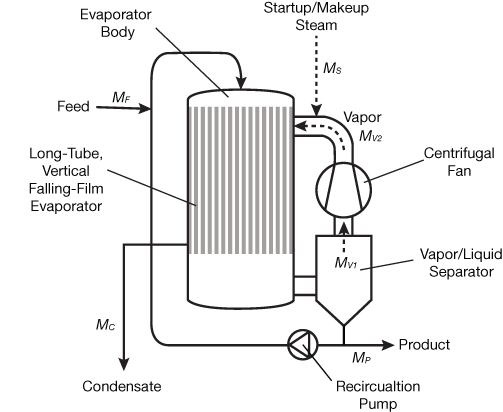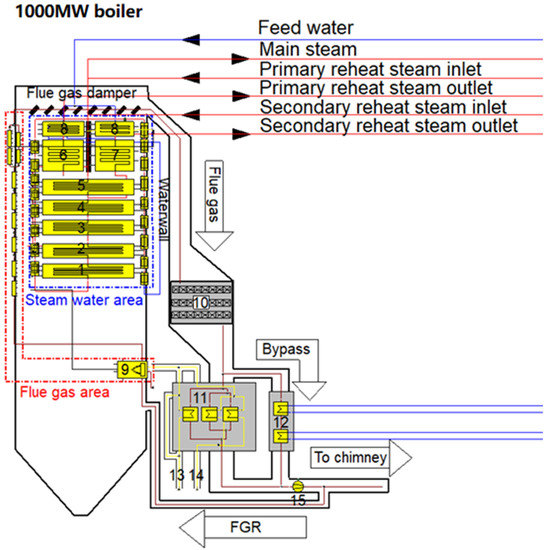Steam To Water Heat Exchanger Experiment Report
Cp specific heat a area of coil u overall heat transfer coefficient t water temperature at time t ts steam temperature which on integrating gives t ʈ ln ts ti ts t where ʈ mcp ua combining both the equations the heat transfer coefficient for both heating and cooling operation can be defined.
Steam to water heat exchanger experiment report. Download file to see previous pages heat is a form of energy and the level of energy contained in a certain object is shown by the level of temperature in the object. Experiment regarding heat exchanger concurrent countercurrent flows at same rate and different rates. A storage calorifier as shown in figure 2 13 1 is constructed differently it usually consists of a hot water storage vessel with a primary heating coil inside. When steam flows into the steam heat exchanger shell side we want the steam to condense and give up its latent heat before the leaving the shell as a liquid called condensate.
The main purpose of this experiment was to test on the heat transfer from steam to water. Note the steam flow rate temperature of steam at inlet of the heat exchanger steam condensate temperature and. Based on the experiment the main objective is to evaluate and study the overall heat transfer coefficient lmtd heat transfer and heat loss for energy balance as well as to evaluate and study the performance of shell and tube heat exchanger at various operating condition. Stem is usually produced when the water is heated to its boiling point and the heat can also be transferred from steam to water.
A shell and tube heat exchanger used to heat water for space heating using either steam or water is often referred to as a non storage calorifier. Ahmed alrahmani prepared to. Academia edu is a platform for academics to share research papers. We need to trap the steam in the heat exchanger or coil until it condenses.
We offer a wide range of different steam heat exchanger set up such as the side arm series allowing you to combine a building heat a domestic hot water and even a snow melt heat exchanger with one steam source for all 3 or 2 and one condensate outlet for all 3 or 2. The objective of this experiment was to investigate the overall heat transfer uₒ for the external heat exchanger at two different water circulation rates by using two methods heating liquids in tank storage and corning heat exchanger. Heat transfer from steam to water date. Once the steam has condensed we must remove it quickly.













































